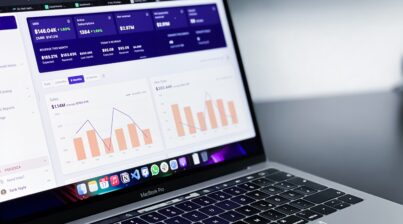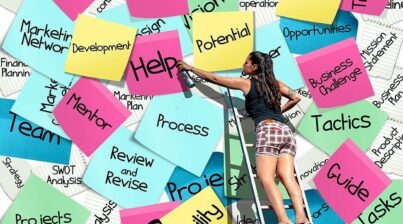Your organization’s senior leaders just came back from their annual three-day strategy retreat. Unfortunately, it wasn’t a good year for the business. So the leaders are ready to make some drastic changes. Leaders want to realign the business units, trim down the top leadership, and reorganize the reporting structure.
As the HR leader, you agree with the business changes but walk away from the retreat with quite a few action items. The most pressing item is creating a workforce strategy to align with the business changes. The realignment and org restructuring will result in new roles and changing job duties. But first, ask yourself…
“Is your organization’s workforce ready for this change?”
But what does it mean for your organization to be ready for a change? It’s about having the right people in the right roles to execute those change initiatives. Leaders are vital to the change initiative and without the right ones, it will not go well. The changes actually might end up doing more harm than good.
Readiness is a metric that can help answer the question. First, determine the key roles for the change to be successful. This will include the positions that will head the new business units and org structure. Don’t forget to include the supporting roles too. Like project managers or organizational development specialists. Change agents can also be a valuable asset.
Once you identified all the roles, it’s time to calculate.
First, divide the total number of vacant positions by the total number of approved positions. Then multiply the result by the total number of employees with the desired competency ratings divided by the total number of people who took the competency assessment. Finally, multiply the resulting number by 100.
Readiness = (Vacant Positions/Total Positions) x (Employees with Desired Competency Rating/Total Assessed) x 100
Your readiness score gives you an idea of where to go next with your workforce strategy. The closer to 100, the more ready your workforce is for the change. If your score is on the lower end, you’ll want to start drilling deeper to address the gaps.
Creating the workforce strategy
Talent acquisition will be a key partner if the organization does not have the talent to fill the new roles. They should start creating talent pipelines and determining where they will source the potential candidates. Also, consider looking at your employer brand. It can be difficult attracting new talent during a time of change so you will need a strong employer brand.
Alternatively, you could have the talent to fill the roles but maybe they’re competency scores are too low. The question becomes whether they can be developed into those new roles. Consider if you have the resources to properly develop them or if they are capable of being developed into those roles.
As with any metric, readiness does not give you the exact answer or solution to creating your workforce strategy. But, it can give you a starting point to dive deeper.
An HR dashboard is a useful tool for managing your workforce’s data and metrics. It will automatically calculate your metrics from multiple HR systems to create easy-to-understand visualizations.
Sign up today for a free demo of our automated HR dashboard.












